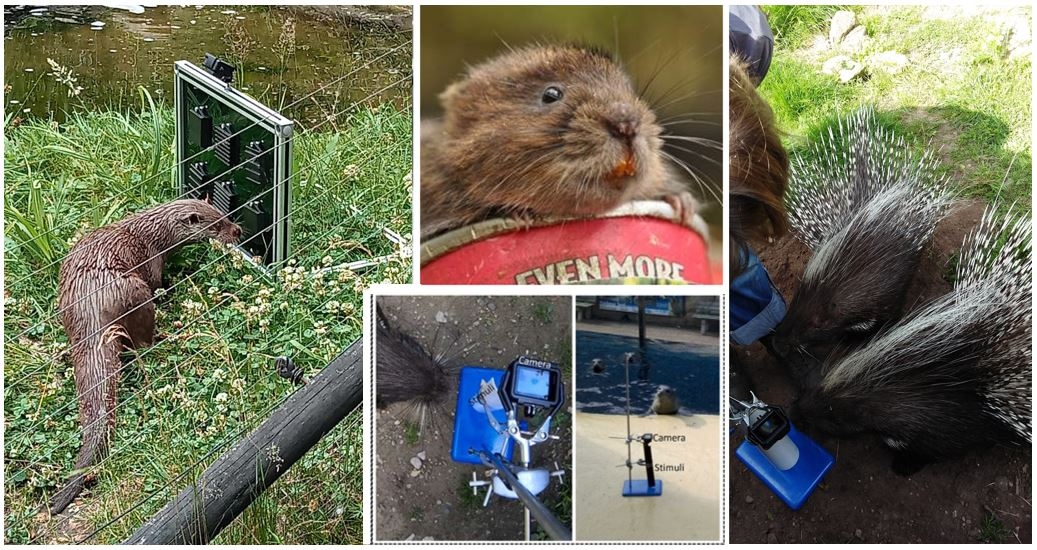Nearly all mammals have whiskers – sensory tactile hairs, also known as vibrissae. In fact, whiskers are only truly absent in a handful of species, including humans. However, much of what we know about whiskers comes from studying just a few species, such as rats and mice, and often in quite constrained laboratory settings. My research focusses on describing whisker movements and behaviours in many different species while the animals are freely moving and taking part in naturalistic whisker exploration tasks. In this presentation I will showcase some of the tasks that I have designed for laboratory and zoo studies to examine whisker movements during whisker-object exploration and whisker-guided locomotion. All studies have been ethically approved by the committee at Manchester Metropolitan University, and the local panels of each collaborating lab and zoo institution. I will describe commonly observed behaviours, such as contact-induced asymmetry, head-turning asymmetry and look-ahead, and reflect on how these might be associated with attention. I will also identify some species-specific behaviours, such as spread reduction and task-specific behaviours that I have observed in rodents and pinnipeds, respectively. I will go on to reflect on my current methods and demonstrate new protocols that I am developing in the field. Overall, studying whiskers comparatively can give us important insights into mammalian health, welfare, ecology and evolution.
Breakthroughs in Understanding Natural Behaviour and its Neural Underpinnings (University of Manchester, UK) (2024) Proc Physiol Soc 61, SA04
Research Symposium: Studying whisker movements to gain insights into the natural sensory behaviours of mammals.
Robyn Grant1,
1Manchester Metropolitan University Manchester United Kingdom,
View other abstracts by:
Where applicable, experiments conform with Society ethical requirements.

